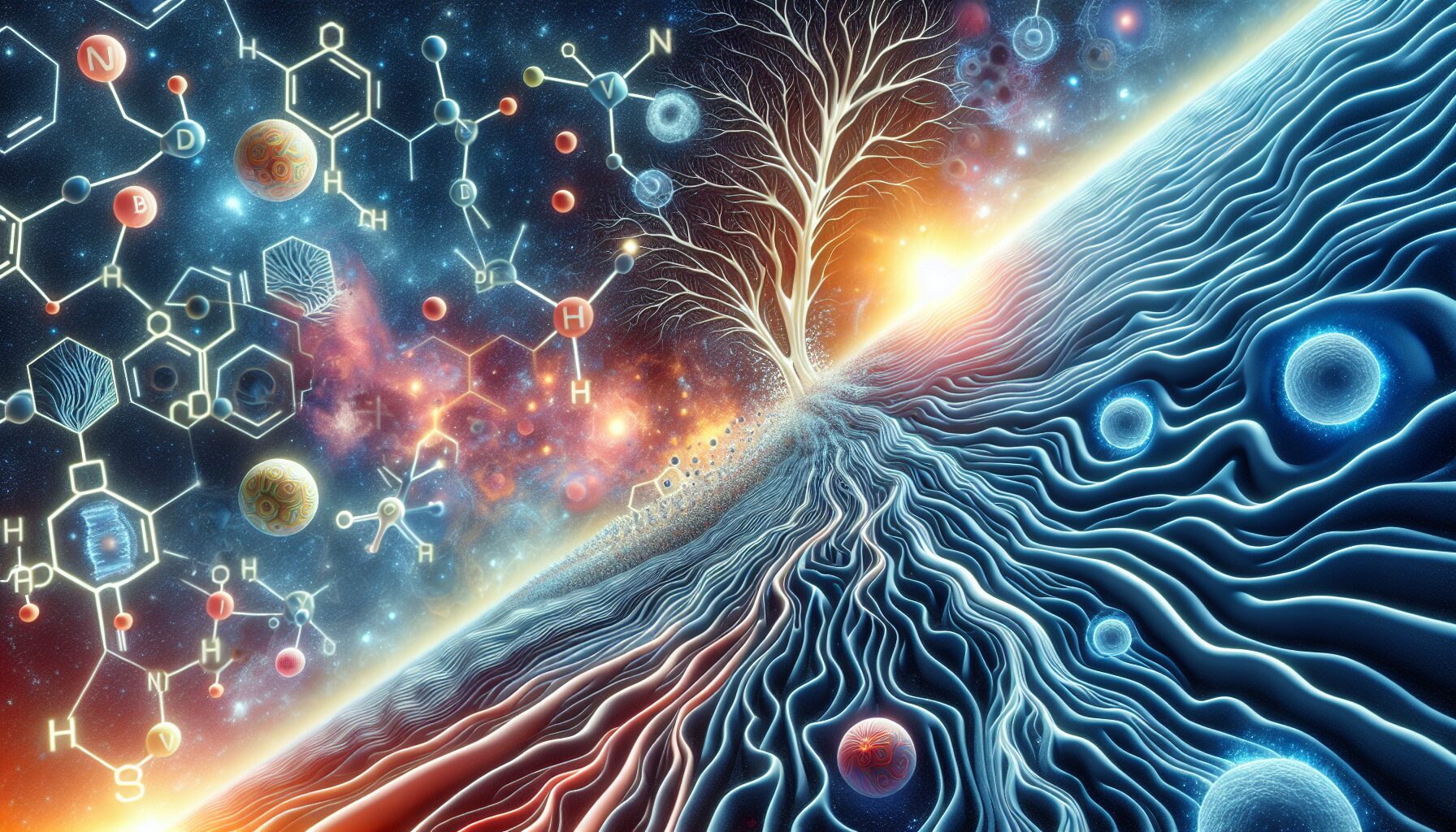Near-death experiences (NDEs) have fascinated scientists, theologians, and laypeople for centuries. These profound experiences often include elements like bright lights, out-of-body sensations, and feelings of peace. But what exactly happens in the brain during such moments? Modern neuroscience is now shedding light on the intriguing biochemical pathways involved.
Understanding Near-Death Experiences
Near-death experiences are often reported by individuals who have come close to death, whether through cardiac arrest, severe injury, or other life-threatening situations. These experiences share several common features:
- Feelings of detachment from the body
- A sense of traveling through a tunnel
- Encounters with spiritual or mystical beings
- An overwhelming sense of love and peace
- A review of one’s life
The transcendent nature of these experiences has made them a subject of much debate. Are they purely biological, or do they hint at a metaphysical reality?
The Brain’s Role: A Biochemical Symphony
Recent studies suggest that NDEs are deeply rooted in the brain’s biochemistry. During situations like cardiac arrest, the brain undergoes extreme stress, leading to a cascade of neurochemical reactions. Ketamine, for example, is known to produce effects similar to NDEs by blocking the N-methyl-D-aspartate (NMDA) glutamate receptors in the brain.
“The brain does strange things when it is dying,” states Dr. Kevin Nelson, a neurologist at the University of Kentucky. “It’s a last hurrah, a protective mechanism, a wash of chemicals creating a strange state of consciousness.”
[The Atlantic]
Additionally, a surge of natural endorphins and serotonin might explain the sensations of peace and euphoria commonly reported. A fascinating study published in The Lancet highlights how a lack of oxygen, or hypoxia, can trigger temporal lobe seizures that produce vivid hallucinations akin to those of NDEs.
Science and Mystery
While science provides plausible explanations for the neurochemical processes underlying NDEs, the subjective nature and profound personal significance of these experiences maintain their mystery and allure.
“Science may one day find the last puzzle piece that falls perfectly into place, revealing the complete picture of NDEs,” notes Sam Parnia, a researcher in near-death studies, “but for now, it remains an intersection of biochemistry and spiritual contemplation.”
In conclusion, while the science of NDEs continues to evolve, their study remains a fascinating synthesis of neuroscience and existential inquiry. As we venture deeper into understanding the workings of the brain, we also inch closer to unpacking the age-old questions about the nature of consciousness and life after death.

Comments